Many Windows users encounter the frustrating problem ejecting USB mass storage device, where the system refuses to safely remove the drive. This common issue can lead to potential data loss or hardware damage if forced removal occurs. Understanding why this happens and how to properly resolve it ensures your external storage devices remain secure and functional. Whether caused by background processes, driver conflicts, or system errors, there are multiple reliable ways to fix this problem.
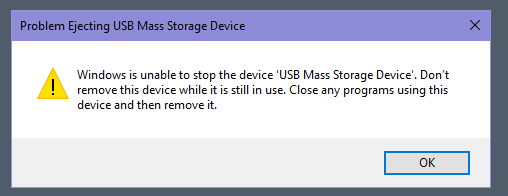
What Is the "Problem Ejecting USB Mass Storage Device"?
This error message appears when Windows cannot safely disconnect a USB drive, usually because the system detects that files or applications are still actively using it. The warning prevents abrupt removal, which could corrupt data or damage the storage device. Several factors contribute to this issue:
Active programs or processes – Applications like media players, file explorers, or backup tools may keep files open in the background.
Outdated or corrupted USB drivers – Incompatible or malfunctioning drivers can prevent proper communication between Windows and the USB device.
Faulty USB port or hardware issues – Physical damage, loose connections, or a failing USB drive can cause ejection errors.
Windows system glitches – Temporary software bugs in Windows Explorer or USB controllers may interfere with safe removal.
Malware infections – Viruses or malicious software can lock USB drives, preventing normal ejection.
How to Fix "Problem Ejecting USB Mass Storage Device"
There are various solutions for "Problem Ejecting USB Mass Storage Device" In this part, we will introduce them with step-by-step guide one by one,
Method 1: Close Programs Using the USB Drive
Before ejecting a USB drive, ensure no applications are accessing its files. Background processes, such as media players, open documents, or cloud sync tools, may prevent safe removal.
Steps:
Step 1. Press Ctrl + Shift + Esc to open Task Manager.
Step 2. Under the Processes tab, look for any programs that might be using the USB (e.g., Windows Explorer, media players, or file managers).
Step 3. Select the application and click End Task.
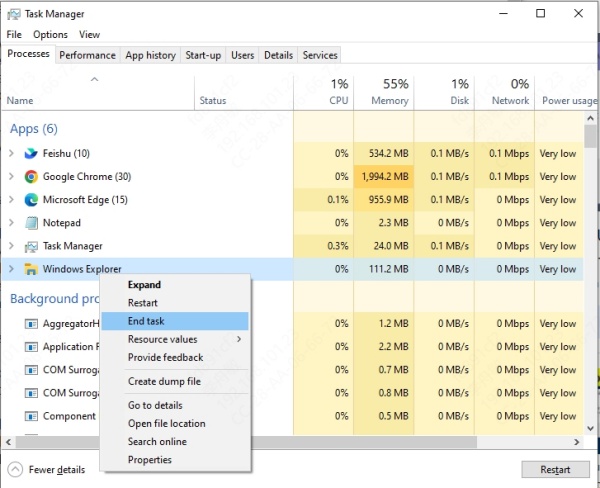
Step 4. Try ejecting the USB again through the system tray icon.
Method 2: Use Windows' Built-in Eject Option
Instead of simply unplugging the USB, always use the Safely Remove Hardware feature. This ensures Windows properly disconnects the drive, minimizing the risk of data corruption.
Steps:
Step 1. Locate the Safely Remove Hardware icon (a USB plug with a checkmark) in the system tray.

Step 2. Click it and select your USB device from the list.
Step 3. Wait for the notification confirming it's safe to remove the device.
Step 4. If the message doesn't appear, check for active processes (Method 1) or try another method.
Method 3: Restart Windows Explorer
Sometimes, Windows Explorer (File Explorer) may freeze or retain control over the USB drive, preventing ejection. Restarting it can resolve the issue.
Steps:
Step 1. Open Task Manager (Ctrl + Shift + Esc).
Step 2. Scroll down to Windows Explorer under the Processes tab.
Step 3. Right-click it and select Restart.
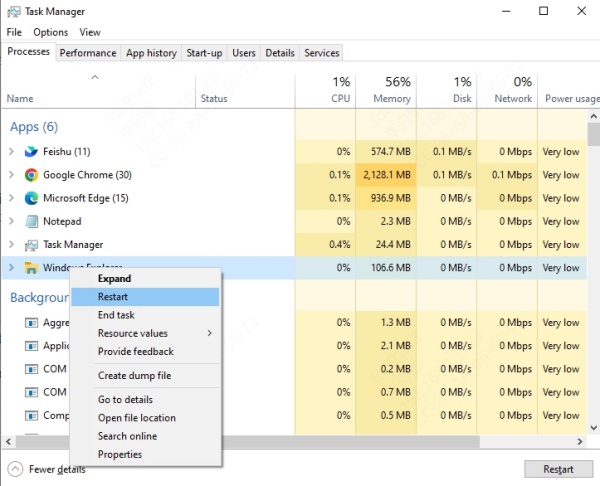
Step 4. After a few seconds, try ejecting the USB again.
Method 4: Update USB Drivers
Outdated, missing, or corrupted USB drivers are a common cause of ejection problems. Keeping drivers updated ensures smooth communication between Windows and your USB devices.
Manual Update via Device Manager
Step 1. Press Win + X and select Device Manager.
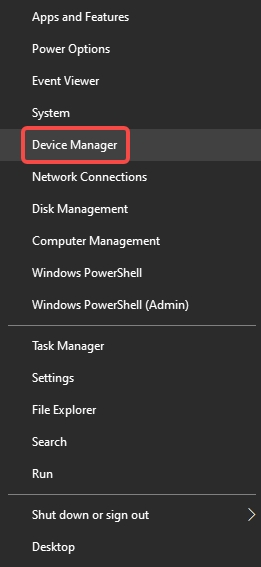
Step 2. Expand Universal Serial Bus controllers.
Step 3. Right-click the USB device (or USB Mass Storage Device) and select Update driver.
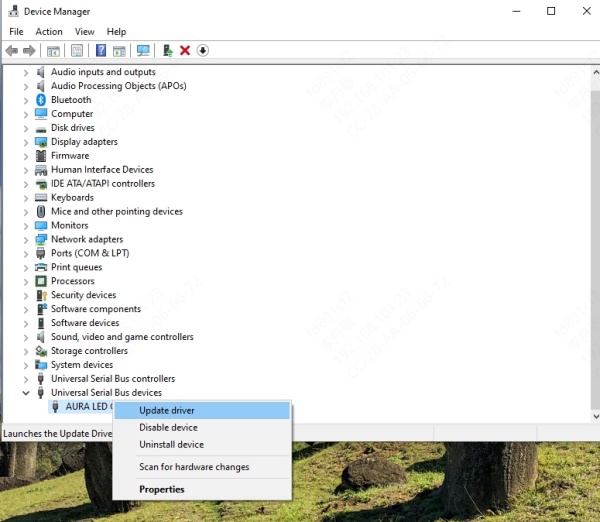
Step 4. Choose Search automatically for drivers and let Windows install any available updates.
Step 5. Restart your PC and check if the issue persists.
Automatic Update with PcGoGo Driver Sentry
Manually updating drivers can be tedious, especially if multiple drivers are outdated. PcGoGo Driver Sentry simplifies this process by automatically detecting and installing the latest drivers for your system.
Steps to Update Drivers with Driver Sentry:
Step 1. Download and install PcGoGo Driver Sentry from the official website.
Step 2. Launch the program and click Scan to check for outdated or missing drivers.
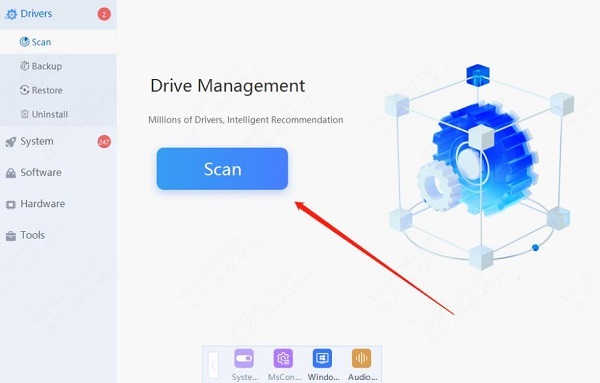
Step 3. Review the scan results and click Update All to install the latest drivers.
Step 4. Restart your computer to apply the changes.
Step 5. After rebooting, try ejecting your USB drive again—this should resolve the issue.
Method 5: Disable USB Selective Suspend Settings
Windows includes a power-saving feature called USB selective suspend, which can sometimes interfere with USB device ejection. Disabling this setting may help.
Steps:
Step 1. Press Win + R, type powercfg.cpl, and hit Enter.
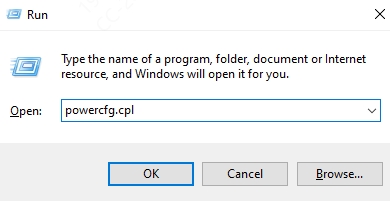
Step 2. Click Change plan settings next to your active power plan.
Step 3. Select Change advanced power settings.
Step 4. Expand USB settings > USB selective suspend setting.
Step 5. Set both On battery and Plugged in to Disabled.

Step 6. Click Apply, then OK, and restart your PC.
Method 6: Check for Malware
Malware infections can lock USB drives, preventing proper ejection. Running a full system scan ensures no malicious software is interfering with your storage devices.
Steps:
Step 1. Open Windows Security.
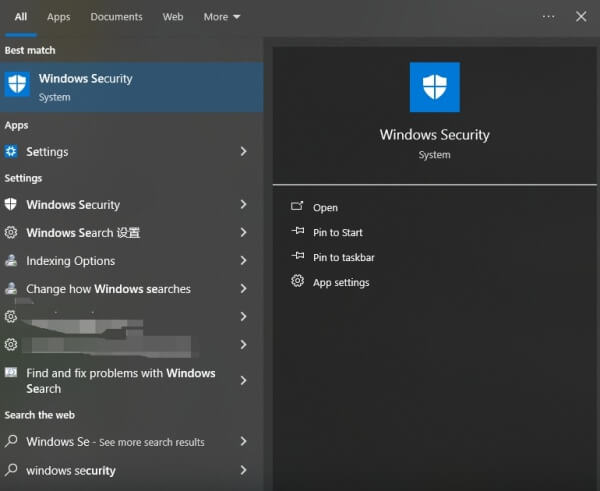
Step 2. Go to Virus & threat protection and click Quick Scan (or Full Scan for a deeper check).
Step 3. If threats are detected, follow the prompts to remove them.
Step 4. After cleaning, restart your PC and attempt to eject the USB again.
Method 7: Physically Inspect USB Ports and Devices
Sometimes, the issue is hardware-related. A faulty USB port, damaged cable, or failing storage device can cause ejection errors.
Steps:
Try a different USB port – Some ports may not supply enough power or could be damaged.
Test the USB on another computer – If it ejects normally elsewhere, the issue is likely with your PC.
Inspect the USB drive for damage – If the device is physically damaged, consider replacing it.
Conclusion
The problem ejecting USB mass storage device is a common but solvable issue in Windows. Whether caused by active processes, outdated drivers, or system settings, the methods above provide reliable fixes. For the easiest and most efficient driver updates, PcGoGo Driver Sentry automates the process, ensuring your USB devices work smoothly. To avoid future ejection errors, always use safe removal procedures and keep your drivers up to date. Download PcGoGo Driver Sentry today for hassle-free driver management!